What is a blue light filter? How to use it and types of filters

Many of us use blue light filters on a daily basis without giving them much thought. So, what exactly are they? And do they serve a purpose beyond being a subtle feature in our digital devices?
In this article, we'll describe different types of blue light filters and explain how they're used to reduce exposure to blue light. From specialised glasses to the unmistakable orange glow that emanates from our devices at sunset, get to know the various ways these filters function.
What is blue light?
Firstly, blue light is a type of visible light that has a short wavelength and high energy. It comes from both natural sources like the sun and artificial sources such as smartphones, computers, and LED lights.
Due to its shorter wavelength and higher energy levels, blue light is believed to impact us more adversely than lower energy yellows, oranges, and reds, prompting the development of blue light filters.
What is a blue light filter
A blue light filter is a tool or software designed to reduce the amount of blue light emitted by electronic displays on smartphones, tablets, and computers. It modifies the colour temperature of a screen from cool to warm.
When blue light is filtered out, you might notice a yellow-orange cast with some filters.
How does a blue light filter work?
Blue light filters work by reducing the level and intensity of blue light on a screen through various methods. This includes using special physical barriers, adjustments in device settings, or the implementation of blue light-blocking software.
One common approach involves the use of special physical barriers, such as glasses or coatings and films applied directly to a screen.
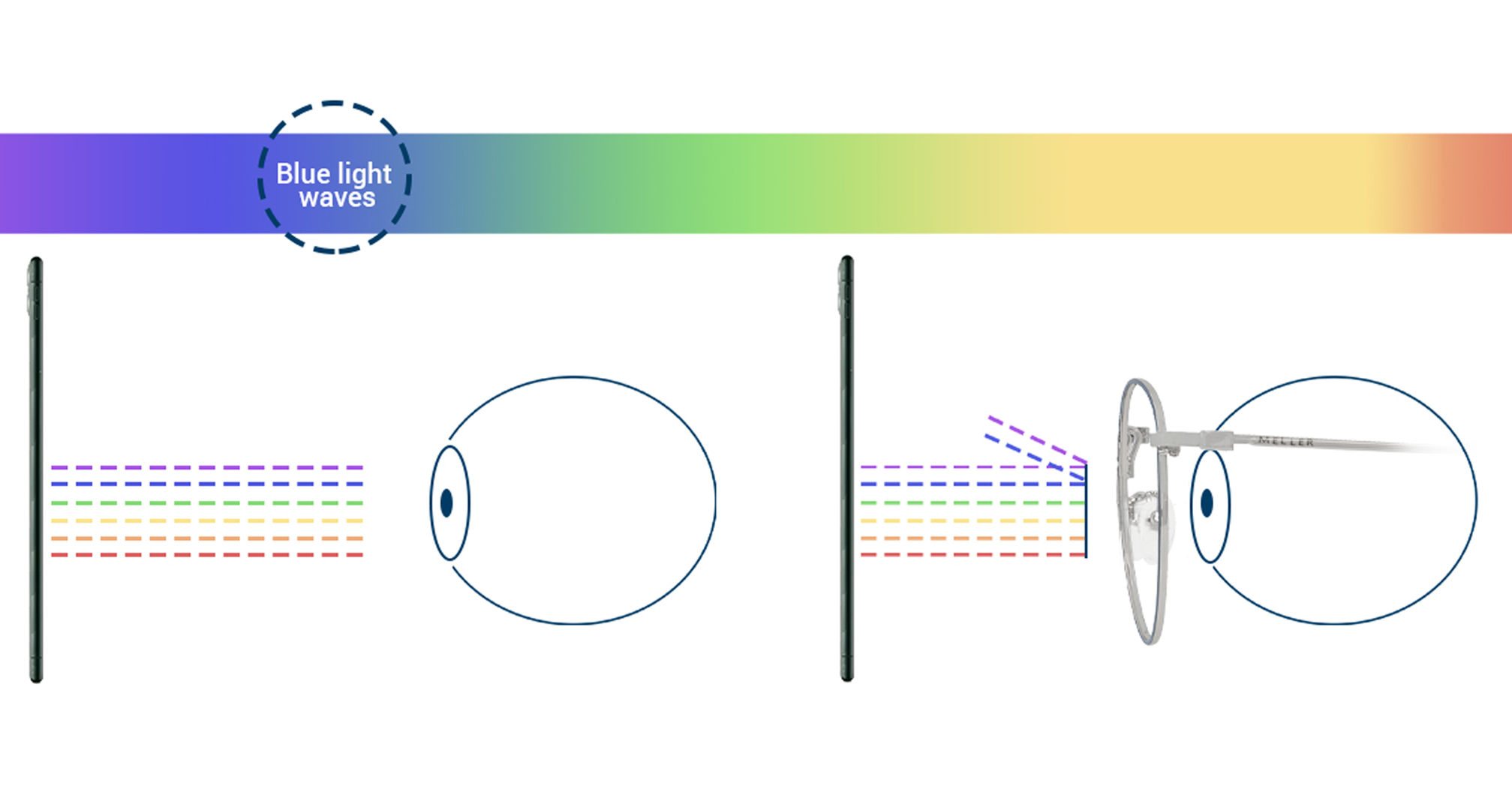
These barriers are designed to selectively absorb or block a portion of the blue light spectrum, allowing only a reduced amount to reach the eyes. Additionally, device settings can be adjusted to alter the colour temperature, shifting the display towards warmer tones and reducing the intensity of blue light.
Types of blue light filters
There are different types of blue light filters, including blue light glasses or built-in settings on devices. Below is a brief explanation of some advantages and disadvantages of various types.
Blue light blocking glasses
Blue light or PC glasses have specially designed lenses that filter out a portion of blue light. They can be non-prescription or can be seamlessly integrated into lenses used for prescription glasses.
Pros
- Available as non-prescription or prescription glasses
- No changes to device settings
- Can be worn anywhere
Cons
- Additional cost
- Adaptation period
Screen filters
Screen filters are physical films that are applied directly to the device's screen. They come in various forms, such as adhesive films or clip-on attachments.
Pros
- Easy to apply and remove
- No impact on battery life of device
Cons
- Can't adjust level of filtration
- Additional cost
- Must find specific size and model for your device
Mobile phone or computer settings
For an accessible and customisable solution, you can adjust the intensity of a blue light filter directly on PC & Mac devices or on your mobile phone. This is a common approach to quickly and conveniently reduce blue light exposure.
Pros
- Scheduling flexibility and customisation
- Updates often tied to OS releases
- No extra costs
Cons
- Filter only available on the device itself
Pro tip: Various operating systems and phones offer different options. Leading manufacturers like Samsung and Apple provide dedicated features, allowing users to easily enable and adjust the blue light filter intensity. To learn more about features like Samsung Eye Comfort Shield and Apple Night Shift, check the official support pages or user manuals on the manufacturer's website.
Blue light blocking software
Many downloadable blue light blocking applications allow you to choose, adjust, and set screen settings to your liking. This flexibility allows for personalised control over blue light levels.
Some also use specialised systems to optimise blue light levels. For example, f.lux (available for Windows, macOS, iOS, and Android) adjusts your screen to look like the room you’re in, dimming and changing as indoor lights turn on or off. PC SunScreen adjusts screen colours to mimic natural daylight.
Pros
- Dynamic adjustments in real-time
- Scheduling flexibility and customisation
- Regular updates and improvements
Cons
- Potential device compatibility issues
Benefits of blue light filters
Studies have shown that blue light glasses can improve sleep quality and duration.1 They may also mitigate eye strain by reducing reflections and increasing the contrast on your screen.
While further research is required to validate all purported advantages of blue light filters, many individuals can experience tangible benefits.
Downsides of blue light filters
While blue light filters won't harm your eyes, there are some downsides to consider. Discoloration of the screen, reduced brightness, and an adaptation period, especially for glasses or screen overlays, are potential issues.
If precise colour identification is necessary, select high-quality blue light glasses or physical filters.
While this period is usually short-lived, the difference might be off-putting for some.
Looking for better blue light protection?
Browse a selection of high-quality blue light glasses without a yellow tint.
Do blue light filters work?
Blue light filters have been studied for their effectiveness, and research suggests notable benefits in improving sleep.2
More research is needed to substantiate some claims made by manufacturers regarding the capabilities of blue light filters. However, the positive impact filters can have on sleep are noteworthy and important.
Closing thoughts from Lentiamo
Everyone can conveniently use blue light filters on devices or in the form of prescription or non-prescription glasses.
Remember to combine filters with other measures for overall eye health. Consider screen brightness, usage patterns, and overall screen time.
Read more
Sources
1. National Library of Medicine, Attenuation of short wavelengths alters sleep and the ipRGC pupil response
2. National Library of Medicine, Evening wear of blue-blocking glasses for sleep and mood disorders: a systematic review


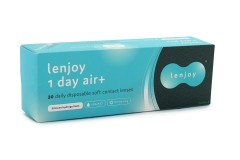
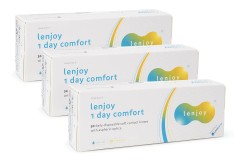
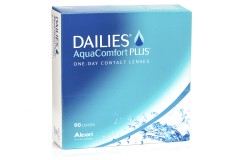
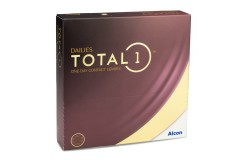
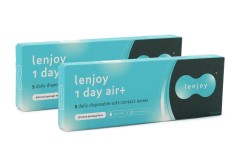
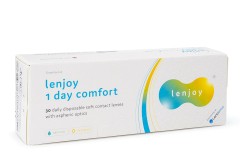
Comments